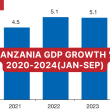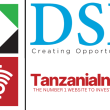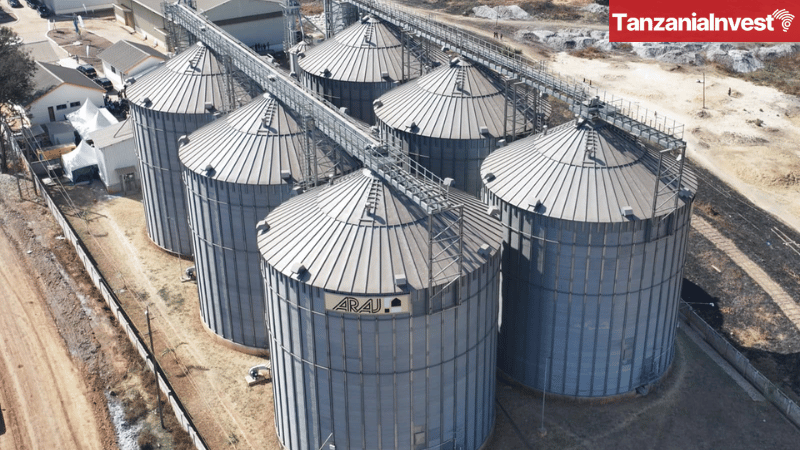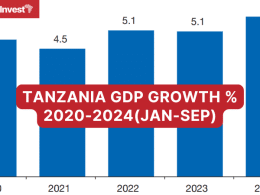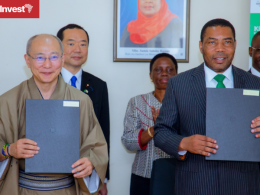President Dr. Samia Suluhu Hassan inaugurated modern silos and warehouses in the Katavi Region in eastern Tanzania on July 14, 2024.
The newly launched silos and warehouses have a combined storage capacity of 28,000 tonnes. This expansion is part of the government’s broader goal to increase grain storage capabilities to support both domestic needs and regional trade.
President Samia emphasized the importance of this initiative, stating, “We are planning to store 3 million tonnes by 2030. We are moving towards agribusiness, and the youth need jobs, which will come from agriculture.”
She also instructed the National Food Reserve Agency (NFRA) to make the Katavi Province a zone that is independent in purchasing and storing grains.
The initiative comes amid the backdrop of significant strides in food production. According to Minister of Agriculture Hussein Bashe, food production for the 2022/2023 agricultural season met a demand of 16,390,404 tonnes for 2023/2024, resulting in a surplus of 4,011,611 tonnes.
This achievement has led to a food self-sufficiency rate of 124%, up from 114% the previous year. The ministry aims to reach 130% food self-sufficiency by 2025.
In addition to the new storage facilities, the Tanzanian government is negotiating with Zambia, Zimbabwe, and Malawi to export maize through the NFRA and the Cereal and Other Produce Board (CPB). This move is designed to leverage market opportunities and boost regional trade.
The government has also announced plans to purchase 1,150,000 tonnes of grains to further strengthen food security. An amendment to the Sugar Act No.6 of 2001 in the 2024 finance bill will enable NFRA to purchase and store sugar, addressing market shortages.
A new digital system for crop purchases has been implemented to enhance transparency and efficiency. The system allows farmers to receive instant weight information and receipts on their phones, while NFRA officials can access real-time purchase reports and stock updates.
During her visit, President Samia also toured Karema Port on Lake Tanganyika, highlighting its strategic importance for stimulating socio-economic growth in Tanzania and neighboring countries, including the Democratic Republic of the Congo (DRC), Zambia, and Burundi. She noted that the port is vital for regional business growth and economic integration.
This development marks a significant investment in Tanzania’s agricultural sector, aiming to improve storage capacity, support regional trade, and enhance food security. The new silos and associated initiatives reflect the government’s commitment to advancing agribusiness and addressing the needs of the agricultural sector.



